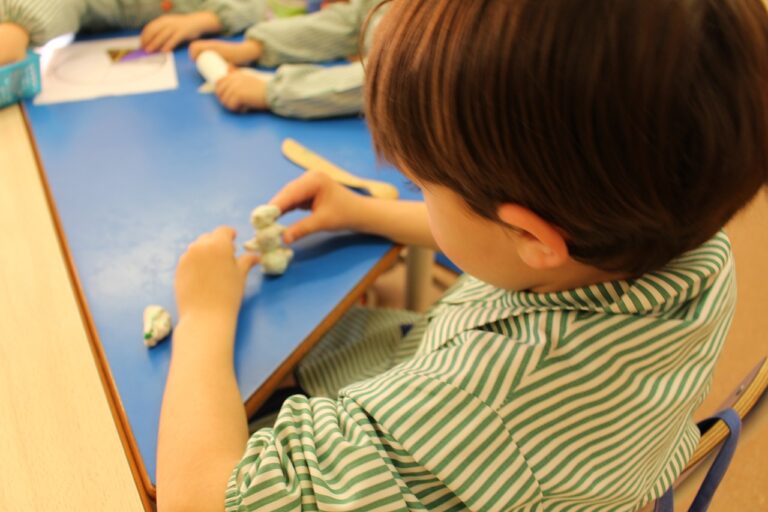Rethinking Traditional Classrooms: New Layouts and Designs
When it comes to designing modern classrooms, there are several key elements that educators and designers must consider. The layout of the classroom plays a crucial role in facilitating collaboration, communication, and flexibility in learning environments. Open spaces, movable furniture, and technology integration are essential components of modern classroom design that aim to enhance student engagement and interaction.
Another important element in modern classroom design is the incorporation of natural light and colors. Natural light not only creates a welcoming and vibrant atmosphere but also has been linked to improved focus and productivity among students. Additionally, incorporating a variety of colors in the classroom can stimulate creativity and promote a sense of wellbeing, contributing to a positive learning environment.
Incorporating Flexible Seating Options
Flexible seating options have become increasingly popular in modern classroom design, as educators recognize the importance of providing a variety of seating choices for students. Traditional rows of desks are being replaced with movable furniture such as bean bags, standing desks, exercise balls, and floor cushions. These alternatives allow students to select a seating option that best suits their preferences and learning styles, promoting a more comfortable and engaging learning environment.
By incorporating flexible seating options in the classroom, teachers are able to encourage collaboration and teamwork among students. Instead of being confined to individual desks, students have the freedom to move around and work in groups or pairs, fostering communication and social skills. This dynamic seating arrangement also helps to create a more inclusive and interactive classroom setting, where students feel empowered to take ownership of their learning experiences.
What are some key elements to consider in modern classroom design?
Some key elements to consider in modern classroom design include flexible seating options, technology integration, ample natural light, and collaborative spaces.
Why is incorporating flexible seating options important in a classroom?
Incorporating flexible seating options allows for a more dynamic and engaging learning environment, accommodating different learning styles and promoting student collaboration.
How can teachers effectively incorporate flexible seating options in their classrooms?
Teachers can effectively incorporate flexible seating options by providing a variety of seating choices, establishing clear expectations for students, and creating a flexible seating arrangement that promotes movement and interaction.
What are some examples of flexible seating options that can be used in a classroom?
Some examples of flexible seating options that can be used in a classroom include bean bags, standing desks, wobble stools, floor cushions, and lap desks.
How can flexible seating options benefit student learning?
Flexible seating options can benefit student learning by improving focus and engagement, reducing discomfort and restlessness, promoting collaboration and social skills, and accommodating different learning preferences.





